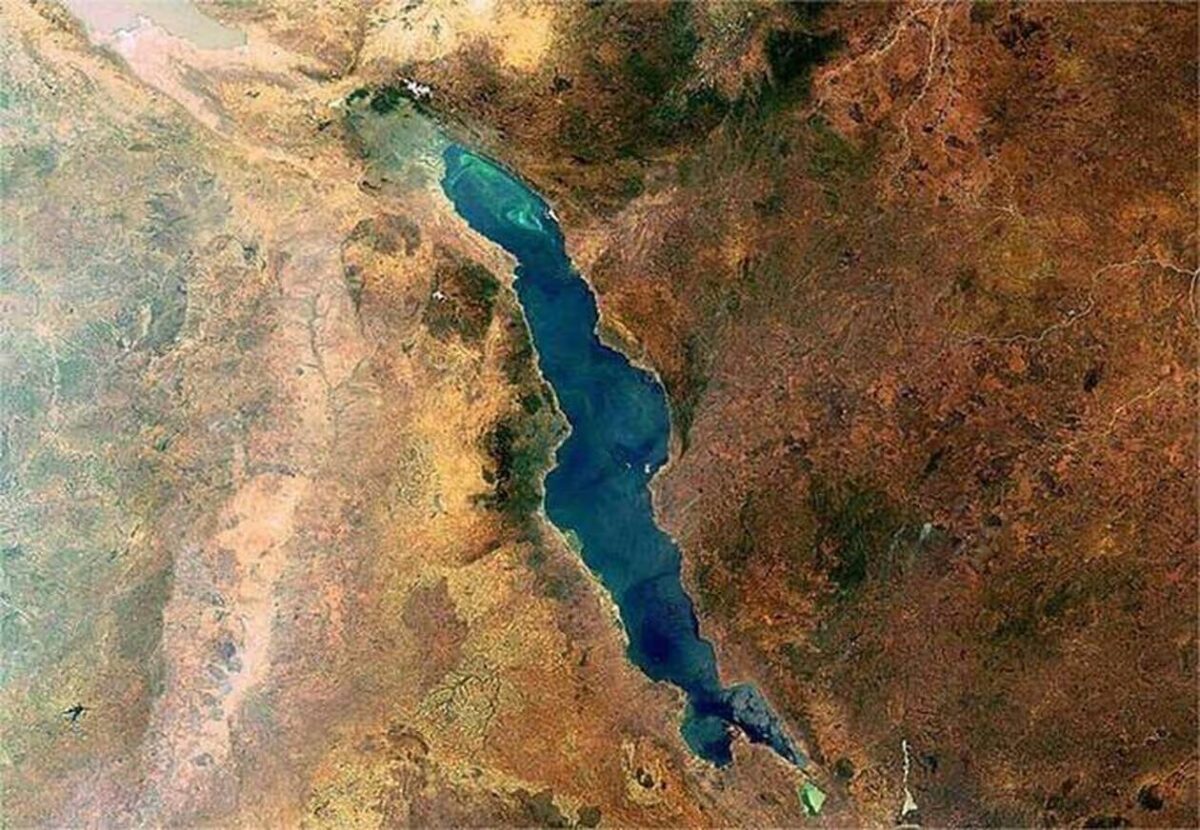Show table of content Hide table of content
A new ocean is emerging in Africa. A fault that appeared fifteen years ago on the African continent is being transformed into an oceanic ridge. And according to scientific discoveries revealed in 2023, the emergence of this new ocean is likely to happen sooner than expected.
Temperatures can reach 50°C. For nine months of the year, not a drop of rain often falls. In eastern Ethiopia, the African region of Afar is one of the hottest and driest lands in the world, as Denise Chow reports for NBC News. “In several million years’ time, however, this area will undoubtedly be a new ocean full of fish”, we wrote in the evening edition in 2020.
Four years on, this estimate could be revised downwards. At the end of 2023, new scientific discoveries revealed that the emergence of this new ocean could occur earlier than expected. “We’ve reduced the time to about a million years, maybe even half that,” Cynthia Ebinger, a geophysicist at Tulane University in New Orleans, told the Brazilian version of the BBC.
A “violent” crack
“To the east of the African continent, the earth has been fracturing for 25 million years”, explains the French National Centre for Scientific Research (CNRS) on its website. “Afar is a triangle of land located at the junction between three tectonic plates: the Nubian plate, which makes up most of Africa, the Arabian plate in the north, and the Somali plate, which covers the west of the Indian Ocean including Madagascar, the Seychelles and the Comoros”, we explained in our columns. In September 2005, after a series of 420 earthquakes, the ground in this region was suddenly torn apart.
“This violent crack, which would normally have taken several hundred years of plate tectonic movements to form, happened in just a few days,” Cynthia Ebinger told NBC television at the time. The fault now stretches for almost 60 km and is 10 metres deep, and continues to deepen and widen ever more rapidly.
Not exactly a “new ocean
“It’s the only place on Earth where you can see the continental crust becoming oceanic crust”, said Christopher Moore, a doctoral student at the University of Leeds in the UK, who monitors volcanic activity in the region using satellite data, in 2020. Three years later, at the end of December 2023, Cynthia Ebinger explains: “In fact, it won’t exactly be a new ocean, even if we commonly call it that. Think of it as an expansion of the Red Sea.
The Arabian Plate is moving away from Africa by 2.5 centimetres a year. The other two, by half a centimetre each. This slow movement will eventually divide the continent in two, cut off by a huge mass of salt water from the Red Sea and the Gulf of Aden. And this new geography could well appear “quickly”.
Science This strange red lake in Tanzania turns animals to ‘stone’.
An “ocean” in less than a million years
In November 2023, nine scientists – including Cynthia Ebinger – published a study in the journal Tectonophysics presenting a 3D model of the geological actions taking place in the region. Their findings suggest that a narrow zone of seafloor expansion is emerging in the Afar region. “Cynthia Ebinger] now estimates that it will take less than a million years for the new ocean to form from the waters of the Red Sea,” reports the BBC. Major earthquakes or volcanic eruptions could even speed up this process, which is already well under way.


